#very talented
Text
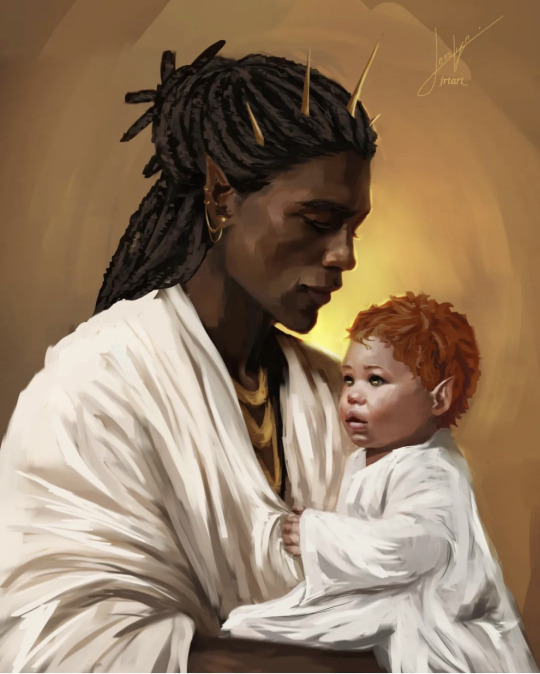
Helion and baby Lucien. What could have been…
Art by @jrtart_ on her lovely insta. Don’t forget to check it out and give her a follow ❤️
#jrtart_ is the artist#very talented#Helion#high lord helion#day court#lucien vanserra#Lucien as a baby#lady of autumn#LoA but happy#we were robbed#and so was Lucien
480 notes
·
View notes
Text
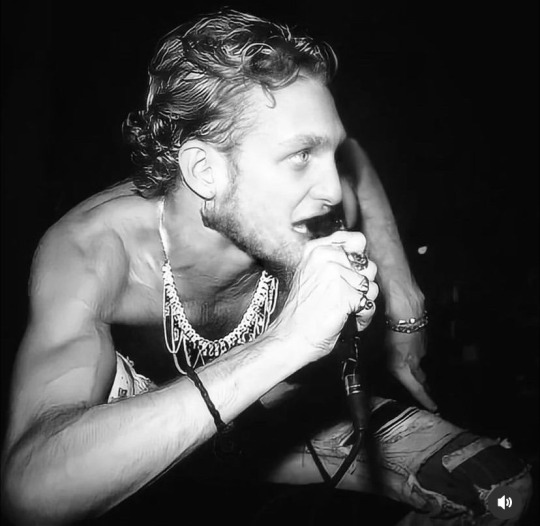
Layne Staley
𝘗𝘪𝘤 𝘵𝘢𝘬𝘦𝘯 𝘣𝘺📸©️𝘑𝘦𝘧𝘧𝘦𝘳𝘺 𝘔𝘢𝘺𝘦𝘳
#layne staley#alice in chains#rock concert#aic tour#gigs#rock#90s#aic#grunge#metal#legend#heavy metal#layne thomas staley#Angel#he is perfect#very talented#seattle sound#60s 70s 80s 90s#legends#mad season#hard rock#heavy rock
238 notes
·
View notes
Text

“He was many things, yes, but not jealous.”
You can read Chapter 4: The Crush of my ongoing project with @foriamproud now 😳❤️❤️
#char4 art#anime#bleach#fanart#shunuki#manga#shunuki fanfic#fanfic#collab#thank u for the collab as always#very talented#foriamproud#shunsui bleach#shunsui kyoraku#ukitake#ukitake juushiro
140 notes
·
View notes
Photo
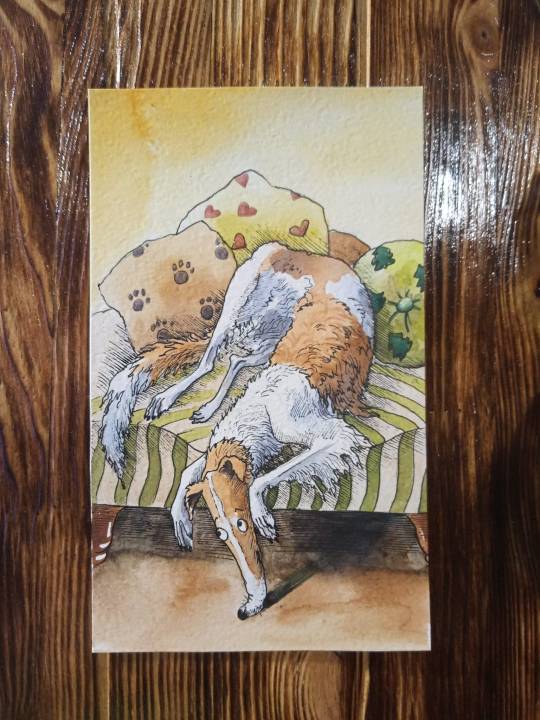
Artist Nomi Loo - The painting is based on a recent photo, as someone's trunk broke a little. Paper, watercolor, gel pen.
108 notes
·
View notes
Text
"...if I could advise teens today, I would say: 'Try not to worry about what you look like. You're YOUNG! You lucky fuckers. Enjoy it! Just keep clean, keep reading and travel while you can.'"
- Miriam Margolyes, Oh Miriam! Stories From An Extraordinary Life
10 notes
·
View notes
Note
Her name is Fionn Camp.


Gene Kelly’s granddaughter. Daughter of Bridget Kelly (Camp) ⬇️

youtube
youtube
#gene kelly#thank you for this#fionn camp#granddaughter of Gene & Jeannie#very talented#gk family#I love her songs
8 notes
·
View notes
Text

Bill Pickett (ca 1870-1932), African American Cowboy inventor of "bulldogging," a rodeo technique to wrestle a steer to the ground.
From 1905 to 1931, the Miller brothers' 101 Ranch Wild West Show was one of the great shows in the tradition begun by William F. "Buffalo Bill" Cody in 1883. The 101 Ranch Show introduced bulldogging (steer wrestling), an exciting rodeo event invented by Bill Pickett, one of the show's stars.
Riding his horse, Spradley, Pickett came alongside a Longhorn steer, dropped to the steer's head, twisted its head toward the sky, and bit its upper lip to get full control. Cowdogs of the Bulldog breed were known to bite the lips of cattle to subdue them. That's how Pickett's technique got the name "bulldogging." As the event became more popular among rodeo cowboys, the lip biting became increasingly less popular until it disappeared from steer wrestling altogether. Bill Pickett, however, became an immortal rodeo cowboy, and his fame has grown since his death.
He died in 1932 as a result of injuries received from working horses at the 101 Ranch. His grave is on what is left of the 101 Ranch property near Ponca City, Oklahoma. Pickett was inducted into the National Rodeo Hall of Fame in 1972 for his contribution to the sport.
Bill Pickett was the second of thirteen children born to Thomas Jefferson and Mary Virginia Elizabeth (Gilbert) Pickett, both of whom were former slaves. He began his career as a cowboy after completing the fifth grade. Bill soon began giving exhibitions of his roping, riding and bulldogging skills, passing a hat for donations.
By 1888, his family had moved to Taylor, Texas, and Bill performed in the town's first fair that year. He and his brothers started a horse-breaking business in Taylor, and Bill was a member of the national guard and a deacon of the Baptist church. In December 1890, Bill married Maggie Turner.
Known by the nicknames "The Dusky Demon" and "The Bull-Dogger," Pickett gave exhibitions in Texas and throughout the West. His performance in 1904 at the Cheyenne Frontier Days (America's best-known rodeo) was considered extraordinary and spectacular. He signed on with the 101 Ranch show in 1905, becoming a full-time ranch employee in 1907. The next year, he moved his wife and children to Oklahoma.
He later performed in the U.S., Canada, Mexico, South America, and England, and became the first black cowboy movie star. Had he not been banned from competing with white rodeo contestants, Pickett might have become one of the greatest record-setters in his sport. He was often identified as an Indian, or some other ethnic background other than black, to be allowed to compete.
Bill Pickett died April 2, 1932, after being kicked in the head by a horse. Famed humorist Will Rogers announced the funeral of his friend on his radio show. In 1989, years after being honored by the National Rodeo Hall of Fame, Pickett was inducted into the Prorodeo Hall of Fame and Museum of the American Cowboy at Colorado Springs, Colorado. A 1994 U.S. postage stamp meant to honor Pickett accidentally showed one of his brothers.
#Bill Pickett#african american#cowboy#inventor#of#bulldogging#rodeo#technique#very talented#read about him#reading is fundamental#black history#knowledge is power
23 notes
·
View notes
Text
I like that!

I started this a couple months ago. Finally finished it while waiting for TOTK to arrive
bonus under the cut!

#Dont ask where this came from#if you have no idea what this is then just take it as is#Yes#it did take a lot of convincing to get Legend to wear that#Ravio has his ways#he made the suits himself#very talented#lu legend#loz ravio#linked universe fanart#that that#i like that
28 notes
·
View notes
Text
Baldur’s gate fandom - has anyone done a “who wore it better” bit comparing Orin and Lady Gaga at the VMAs yet?
#ok correction: MTV music awards#but you get my gist#also to be clear this is not a lady Gaga hate post#tons of respect for ms Stefani germanotta#very talented#but every time Orin pops up all I can do is study her outfit#to ascertain if it is in fact a meat dress
8 notes
·
View notes
Text
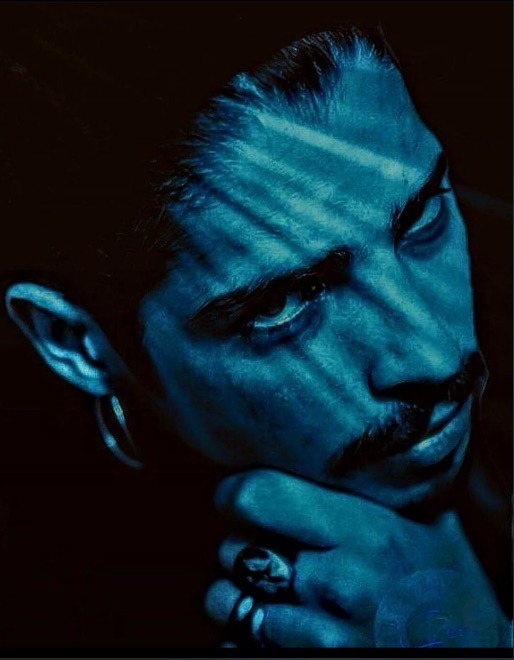
Chris Cornell - Soundgarden
#chris cornell#soundgarden#rock#90s#grunge#legend#metal#alternative rock#my favorites#heavy metal#very talented#90s grunge#90s vintage#chris#90s boys#in blue#freaking beautiful#picture#rock band#frontman#seattle sound
214 notes
·
View notes
Text
Another beautiful video from steph strings.
534 notes
·
View notes
Text
guys... i finally got around to learning how to make digital art to make my ocs... but it came at the cost of getting sucked back into my danganronpa phase from four years ago...
(but, as a bonus, my akudama drive obsession is as strong as ever!!)
#danganronpa#help#seriously though#but youve gotta admit that rui komatsuzaki's art slaps ngl#very talented#especially the designs for akudama drive#akudama drive#but actually please someone send help#character design
4 notes
·
View notes
Text
the voices i came up with for the whole out of touch slugcat thing, a link, and the rules of how i think each scug would sing
↓ scug singing style ↓
survivor - blue top
theyre the lead, basic
Monk - 2nd
doesn't really go for the quick pitch shifts, holds notes for longer.
Hunter - 3rd
tries really hard i guess, over commits on pitch changes, missing the note,
Saint - 4th
i dont have anything, um, they hit notes perfectly with no pitch shifting. sticatto. if awakened or whatever grab the right line on the "fade in and out" option, and slide it all the way to da right
Spearmaster - 5th
trying there best man, but like. you know.
Rivulet - 6th
Comes in too early, duh.
Gourmand - 7th
Comes in a lil late, too not over power anyone else. also tries to be quieter and lower pitched, is a bass/alto
Artificer- 8th
i also got nothing, sings pretty low, like an octave down, alto also
3 notes
·
View notes
Text
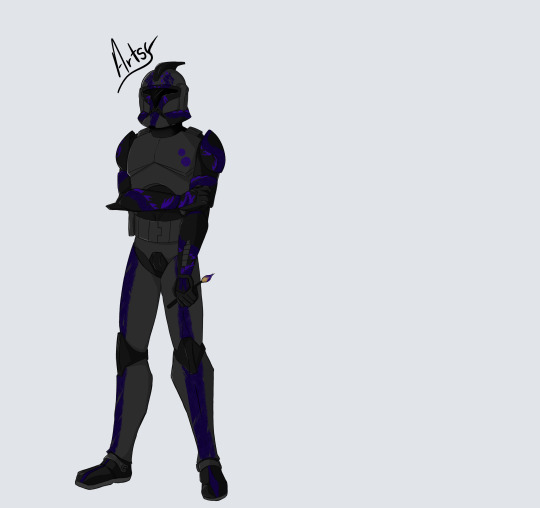
My talented Boi Artsy of the 020th battalion
The designs on his arms and helmet are that inspired of a great kaminoan sea serpent he once saw as a young cadet. (No one believes what he saw that rainy night)
2 notes
·
View notes
Text
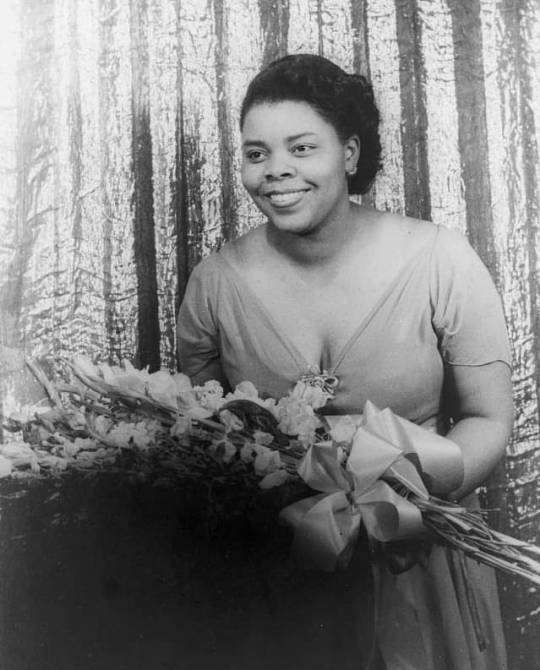
Contralto singer Carol Brice was born in Sedalia, North Carolina on April 16, 1918 into a musical family. Eventually she became one of the first African American classical singers with an extensive recording repertoire. Brice trained at Palmer Memorial Institute in Sedalia and then enrolled in Talladega College in Alabama, where she received her Bachelor of Music degree in 1939. She later attended Juilliard School of Music between 1939 and 1943 where she trained with Francis Rogers. In 1943 Brice became the first African American musician to win the prestigious Walter W. Naumburg Foundation Award.
Carol Brice first attracted public acclaim at the New York World’s Fair in 1939 when she performed in the opera, “The Hot Mikado.” Her next major public performance came in 1941, when she sang at a Washington concert honoring the third inauguration of President Franklin Delano Roosevelt. Her brother, the pianist Jonathan Brice, was frequently her accompanist at concerts and competitions.
Ms. Brice’s Broadway career accelerated after World War II when her talent for both opera and musical theatre became apparent. In 1946 she received her first recording contract from Columbia Records for Manuel de Falla’s El Amor Brujo, which was performed with the Pittsburgh Symphony Orchestra conducted by Fritz Reiner. She sang with the Pittsburgh Symphony for all of 1946 and later performed as Addie in the New York City Opera’s 1958 production of Marc Blitzstein’s Regina. Brice remained with the New York City Opera until 1963. She performed with Volksoper in Vienna, Austria from 1967 to 1971 and the Houston Grand Opera from 1976 to 1977. She played Maria in the Houston Grand Opera production of Porgy and Bess. The recording of that performance won a Grammy and the entire show moved to Broadway where it won a 1977 Tony Award for Most Innovative Production of a Musical Revival.
Brice also had a successful career on Broadway. She played Kakou in the original Broadway cast of Harold Arlen’s Saratoga (1958) and Maude in the 1960 revival of Finian’s Rainbow. During the 1960s her numerous roles included Catherine Creek in The Grass Harp, Harriett Tubman in Gentlemen, Be Seated, and Queenie in Showboat.
While performing in Vienna in 1968, she met her husband, the baritone Thomas Carey. The couple had two children. Mr. Carey returned to the U.S. in 1969 to teach at the University of Oklahoma in Norman, and Carol Brice joined him there after another stint on Broadway. Ms. Brice officially joined the University of Oklahoma faculty in 1974. One year later she and her husband founded the Church Circuit Opera Company in Norman, Oklahoma. The company was renamed the Cimarron Circuit Opera in 1981 and continued until Thomas Carey’s death in 2002.
Carol Brice died on February 14, 1985 in Norman, Oklahoma. She was 66.
Source: Black Wall Street, Facebook
#Carol Brice#contralto singer#very talented#black history#women's history month#HERstory#knowledge is power
8 notes
·
View notes